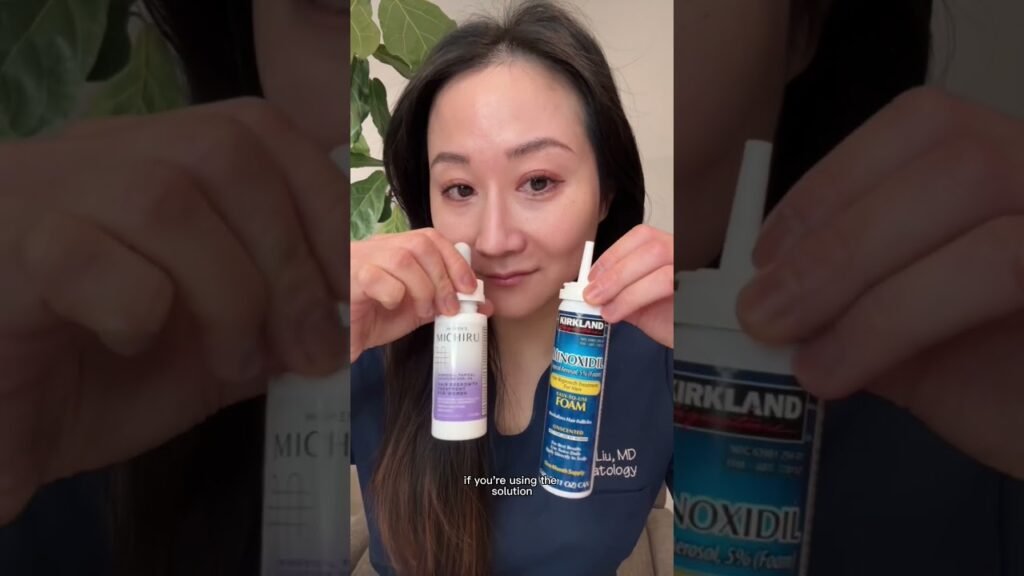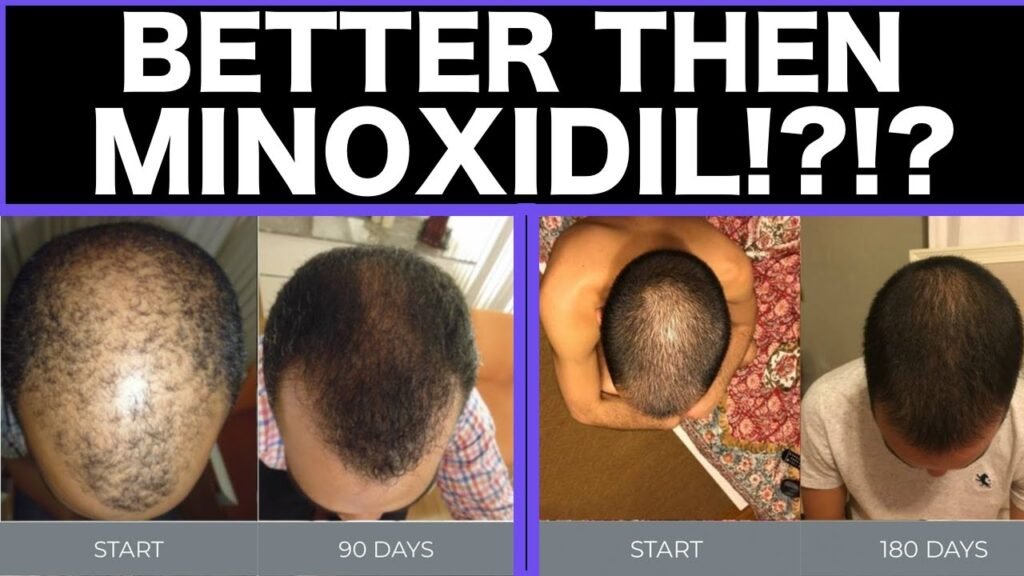Head-to-head comparison: 5% vs 2% minoxidil
When it comes to treating hair loss, minoxidil is a popular option available in various concentrations, most notably 5% and 2%. Understanding the differences between these two formulations can help individuals make informed decisions about their hair restoration journey. 5% minoxidil is often recommended for men due to its higher potency, which generally leads to more significant hair regrowth. In contrast, 2% minoxidil is typically suggested for women, as it offers a milder solution with a lower risk of side effects.
Efficacy
The primary difference between 5% and 2% minoxidil lies in their efficacy. Studies have shown that 5% minoxidil can result in up to 45% more hair regrowth compared to its 2% counterpart. This increased effectiveness is due to the higher concentration, which stimulates more robust hair follicles. However, the 2% solution remains a viable option for those who may experience sensitivity or irritation with the stronger formula, providing satisfactory results with a gentler approach.
Side Effects
While both concentrations of minoxidil are generally well-tolerated, there are variations in potential side effects. Users of the 5% solution may encounter more frequent side effects such as scalp irritation, itching, or dryness due to its higher concentration. On the other hand, the 2% formula tends to cause fewer adverse reactions, making it a preferable choice for individuals with sensitive skin or those new to minoxidil treatments. It is crucial to monitor any side effects and consult a healthcare professional if they persist or worsen.
Usage Recommendations
The choice between 5% and 2% minoxidil often depends on individual circumstances and specific needs. For men experiencing significant hair loss, the 5% solution is typically recommended to maximize regrowth potential. Women, however, might benefit from starting with the 2% concentration, as it aligns better with their hormonal balance and reduces the likelihood of unwanted hair growth in other areas. Ultimately, consulting with a healthcare provider can provide personalized guidance based on individual hair loss patterns and health considerations.


